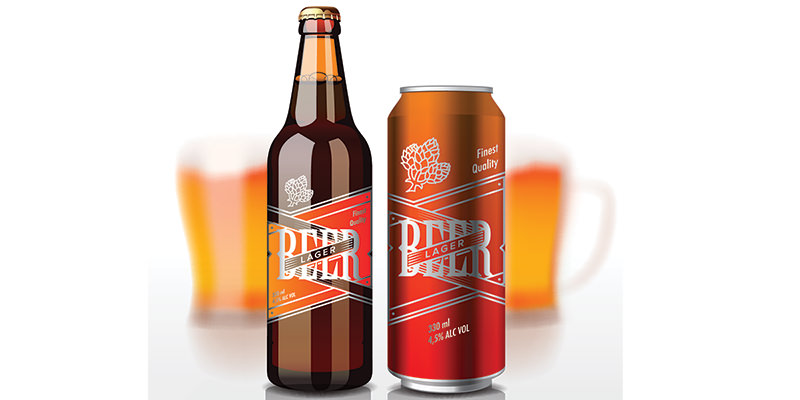Macro brewers no longer own canned beer. More and more craft breweries are adding cans to their lineups because they’re cheap, they travel well, and they keep damaging light from hitting the beer inside. So the switch is good for the brewer, good for the beer drinking traveler, and good for the beer. But is it good for the Earth?
When it comes down to it, the most environmentally friendly way to drink a beer is to ride your bike to the nearest brewery and drink straight form the tap. That’s not always possible, and with so many beer options out there, no one should be limited to just one local brewery. So environment-loving people are stuck between two options: cans or bottles.
Putting taste and style aside, here are the environmental pros and cons for bottles and cans.
The Case For and Against Bottles
Glass bottles are recyclable, and the typical bottle is made with between 20 and 30 percent recycled material. They also are made with silica. Silica is industrial sand and gravel with a high silicon dioxide content. According to the United States Geological Survey, silica is abundant and its mining “usually has limited environmental impact.”
That side of bottled beer sounds great, but there’s one major problem: Glass is heavy. Glass bottles have a larger carbon footprint when it comes to transportation. They also take a large amount of thick cardboard packaging to make sure the fragile glass bottles don’t break. According to Slate, transporting a bottle emits 20 percent more greenhouse gases than a can.
The Case For and Against Cans
You probably know this already, but cans are a lot lighter than bottles. That means they have a smaller carbon footprint than glass (as noted above), but also that they take less cardboard to hold and transport. Furthermore, cans are made with much more recycled content than glass bottles. According to The Aluminum Association, cans are typically made with 70 percent recycled content, and people recycle their cans 20 percent more often than they recycle glass.
The major downside to cans comes from making new aluminum. Aluminum producers need to mine bauxite, which is a clay mineral made up of aluminum hydroxide, iron, titanium, sulphur, and chromium. Bauxite mining is a scorched-earth operation in which massive equipment tramples local terrain and breaks into the Earth while spewing dust into the atmosphere. No matter how good recycling gets, new aluminum will always be a part of the equation.
Neither option sound appealing to you? Maybe it’s best to just stick to the local taps, then.

